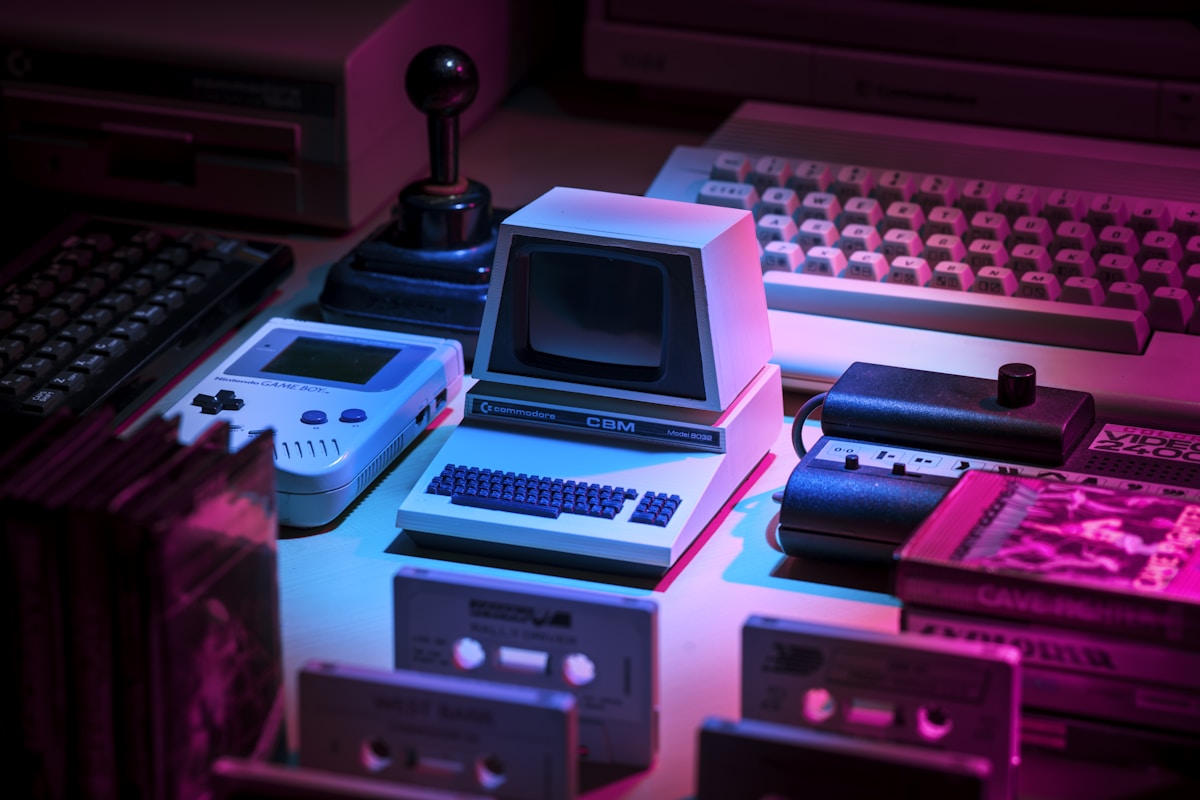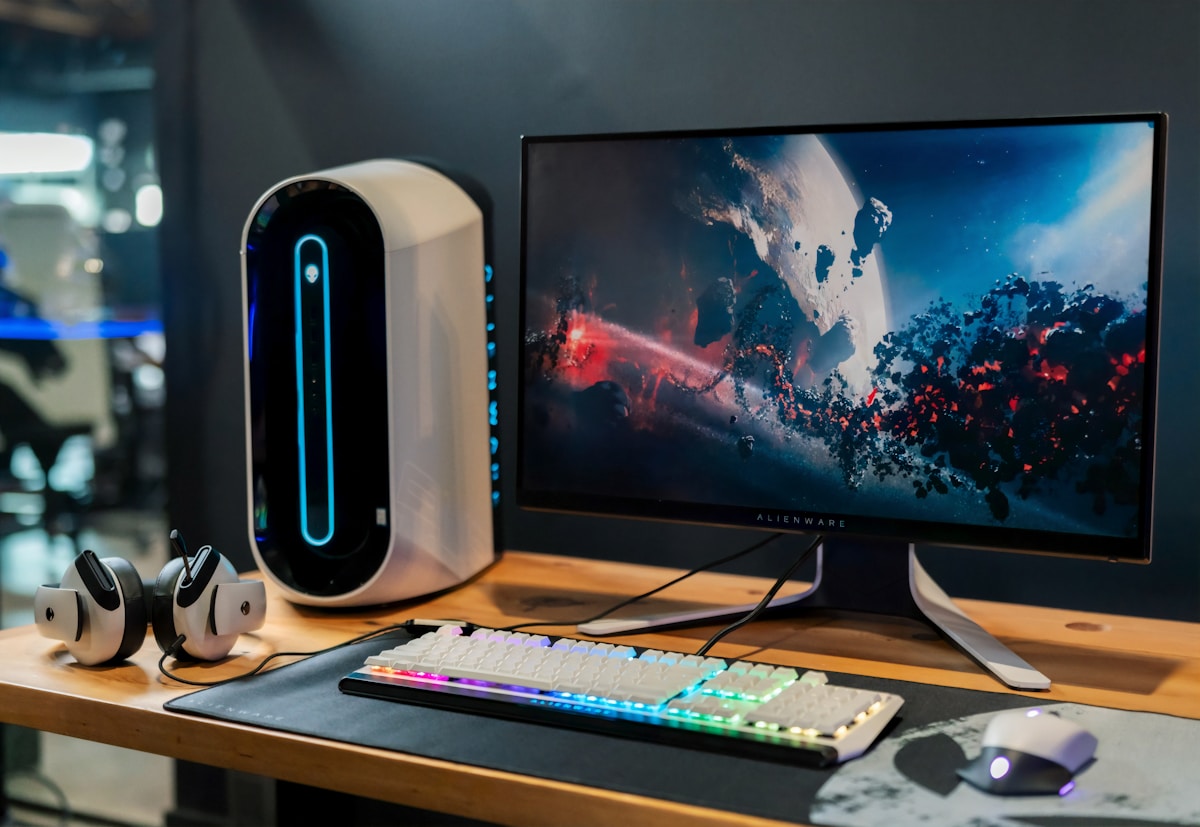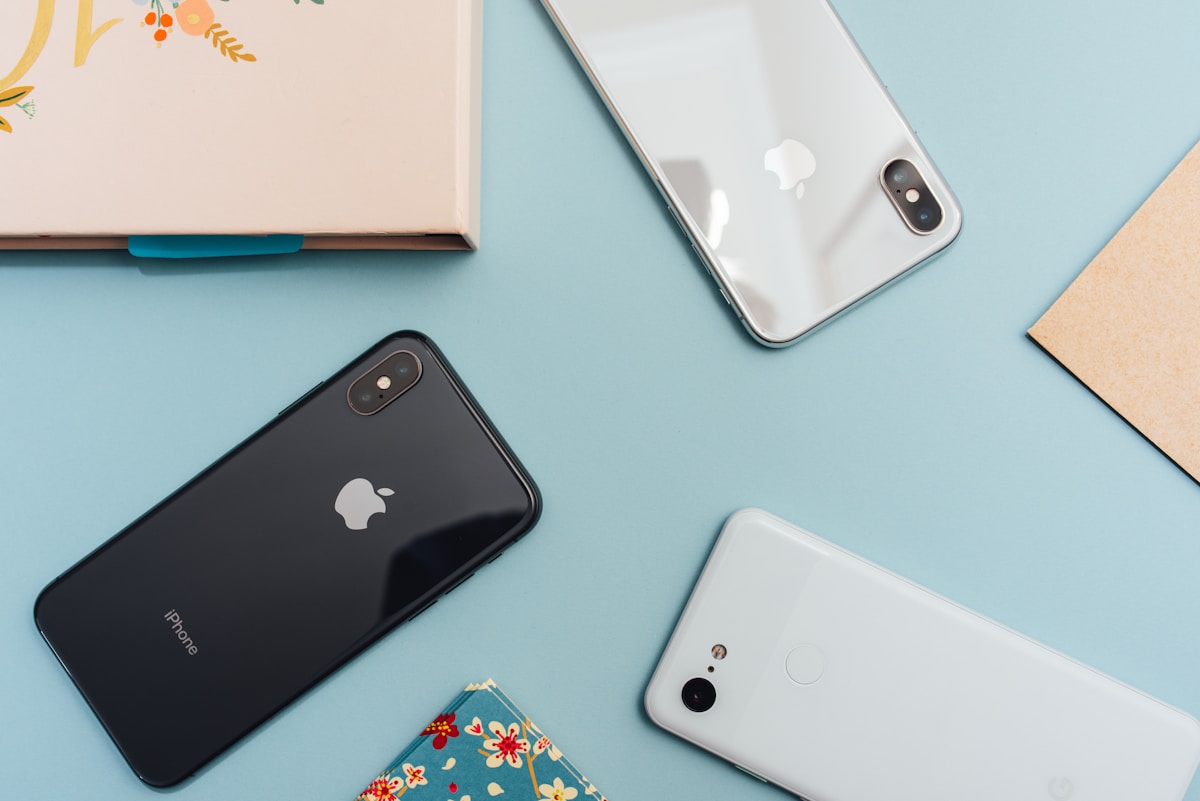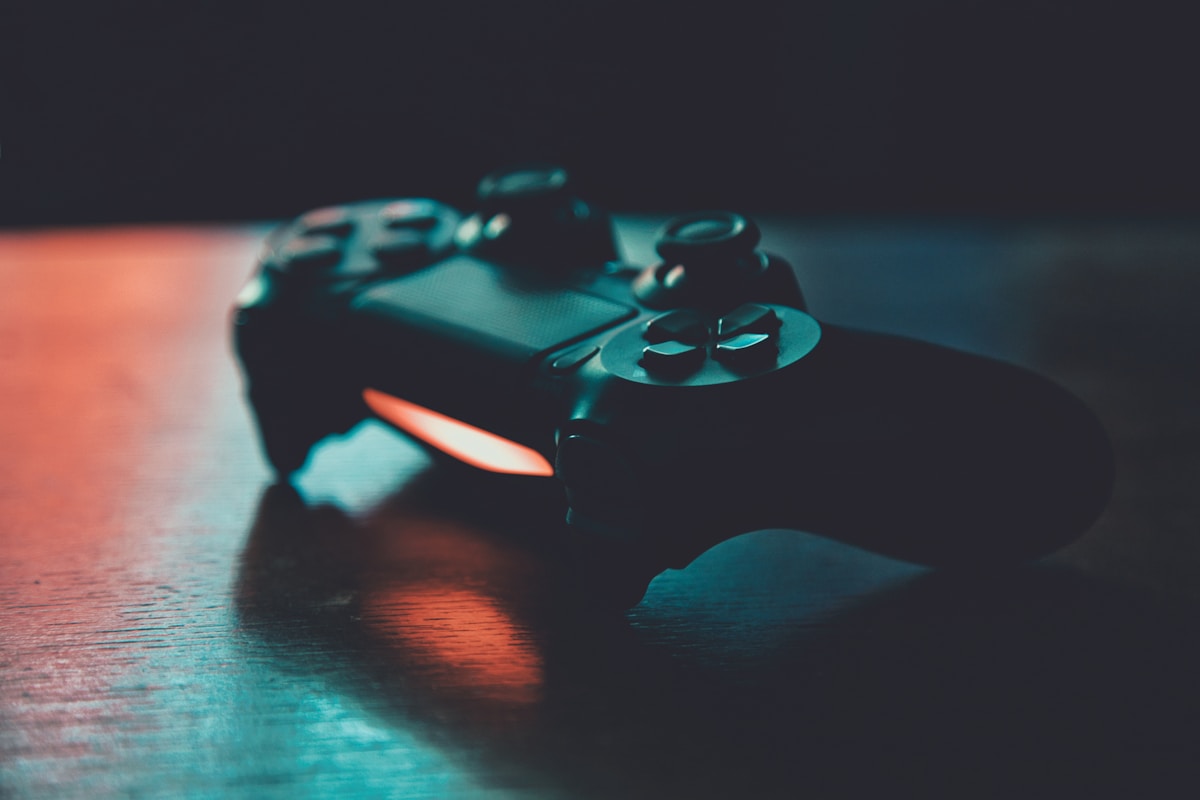Content creator Reece Reilly, known as KiwiTalkz, claims Nintendo’s restricted distribution of Switch 2 development kits represents a deliberate strategy to combat the shovelware problem that plagued the original Switch’s eShop. Four months after launch, Switch 2 devkits are still unavailable for 95% of us indie devs, Reilly tweeted October 5. He elaborated that Nintendo wants to lessen the shovelware problem Switch 1 has and would rather indie devs just use Switch 1 dev kits in most cases to ensure big third parties get seen more on the eshop and don’t get buried by shovelware.
- The Original Switch’s Shovelware Crisis
- The Dev Kit Shortage Evidence
- The Quality Control Theory
- The Weird Exclusions and Inclusions
- Performance Issues From Lack of Optimization
- The Improving Situation
- Why This Strategy Could Work
- Why This Strategy Could Fail
- Community and Developer Reactions
- Frequently Asked Questions
- Conclusion
The Original Switch’s Shovelware Crisis
The Nintendo Switch eShop became notorious for being flooded with low-quality shovelware games, cheap rip-offs of popular titles specifically created to dupe unsuspecting customers into buying them instead of legitimate games. Asset flips, calculators disguised as games, blatant clones of successful titles, and deliberately misleading screenshots filled the digital storefront. Quality games from legitimate indie developers got buried under waves of garbage releases, making discovery nearly impossible without extensive research.
Nintendo’s hands-off curation approach for the Switch eShop contrasted sharply with their historically strict quality control. The NES era’s Nintendo Seal of Quality represented rigorous approval processes preventing shovelware releases. That philosophy eroded over console generations as Nintendo prioritized quantity over quality, culminating in the Switch eShop’s anything-goes environment. By 2025, thousands of shovelware titles clogged search results, recommendation algorithms, and new release lists, actively harming legitimate developers whose games couldn’t compete with algorithmically-optimized garbage.
The Dev Kit Shortage Evidence
Reports of Switch 2 dev kit scarcity emerged at Gamescom 2025 in August when Digital Foundry’s John Linneman spoke with numerous developers on the show floor. There’s a lot of developers that are unable to get Switch 2 dev kits, Linneman reported. We talked to a lot of devs at Gamescom this year, and so many of them said the same things. They want to ship on Switch 2. They would love to do Switch 2 versions. They can’t get the hardware. It’s really difficult right now.
Nintendo allegedly told developers that can’t acquire Switch 2 kits to ship games on Switch 1 and rely on backwards compatibility. That advice frustrates studios who want to properly optimize for Switch 2’s enhanced hardware rather than settling for backwards compatible ports running with the original Switch’s limitations. Some major AAA studios reportedly remain unable to obtain development hardware months after the June 2025 launch, while certain indie teams including the creators of campfire simulator Chillin’ by the Fire received kits, creating confusion about Nintendo’s distribution priorities.
The Free-to-Play Blockade
Eugene Nashilov, CEO of UFL studio Strikerz, claimed in September that Nintendo is actively not supplying development kits to free-to-play developers as a global trend. The Switch 2 version of UFL is not yet in development, but it will be. As of right now, Nintendo is not actively giving development kits to free-to-play developers, Nashilov told FGZ. Marvel Rivals developer NetEase faced similar issues, with game director Guangyun Chen explaining months after launch that the studio still couldn’t get development kits.
Denying free-to-play developers access makes strategic sense if Nintendo wants to avoid the original Switch’s monetization issues. Many free-to-play mobile ports on Switch 1 featured aggressive microtransactions, loot boxes, and predatory mechanics targeting younger audiences. By restricting free-to-play access, Nintendo potentially curates Switch 2 toward premium experiences while leveraging backwards compatibility for existing free-to-play titles that already passed Switch 1’s approval processes.
The Quality Control Theory
KiwiTalkz’s shovelware prevention theory aligns with Gamescom reports that Nintendo is attempting to exert some kind of quality control by prioritising dev kit access for teams that have passed some kind of internal vetting process according to GamesIndustry sources. Rather than openly admitting quality-based restrictions, Nintendo frames scarcity as backwards compatibility strategy, telling developers their Switch 1 games will simply work on Switch 2 without dedicated ports.
The vetting process apparently prioritizes established AAA publishers and selected indies over unknown developers or those with questionable track records. That creates a de facto approval system without Nintendo explicitly announcing stricter eShop policies. Chillin’ by the Fire receiving dev kits despite being a simple campfire social sim suggests Nintendo evaluates more than just production budget, potentially considering developer reputation, prior release quality, or specific technical demonstrations that justify Switch 2-specific optimization.
The Weird Exclusions and Inclusions
Digital Foundry’s Oliver Mackenzie noted weird exclusions and weird inclusions in Nintendo’s dev kit distribution, highlighting that some big developers who developed AAA stuff aren’t necessarily in the pipeline while smaller projects like Chillin’ by the Fire received hardware. The inconsistency frustrates developers who can’t identify clear criteria for obtaining kits beyond Nintendo’s opaque internal decision-making.
Major titles suffering from the shortage include Marvel Rivals, which launched on PS4 but remains unavailable on Switch 2. Shinobi Art of Vengeance appears quite blurry and unattractive when played through backwards compatibility, indicating it desperately needs a native Switch 2 version with proper optimization. Sega reportedly lacks sufficient dev kits across studios, with only Atlus and Ryu Ga Gotoku Studio having access. That uneven distribution within the same publisher demonstrates how granular Nintendo’s restrictions operate.
Performance Issues From Lack of Optimization
Games running through backwards compatibility rather than as native Switch 2 titles exhibit performance problems that dedicated ports would fix. Elden Ring: Tarnished Edition suffered major issues at Gamescom 2025 despite being a flagship third-party announcement. Borderlands 4 experienced framerate drops and stuttering. Ninja Gaiden: Ragebound runs at 30fps on Switch 2 despite the hardware being capable of 60fps with proper optimization, but the developers lack kits to create enhanced versions.
These performance shortcomings harm Switch 2’s reputation among players who expect current-generation ports to run smoothly on Nintendo’s newest hardware. The backwards compatibility strategy works for older titles players don’t expect to look cutting-edge, but new releases launching simultaneously on PlayStation 5, Xbox Series X/S, and Switch 2 suffering on Nintendo’s platform creates negative comparisons. Proper dev kit distribution allowing native optimization would prevent these issues, but Nintendo’s priorities apparently favor long-term eShop curation over short-term third-party performance.
The Improving Situation
Some signs suggest Nintendo is gradually expanding dev kit access. Digital Extremes, developers of free-to-play shooter Warframe, announced in September they finally received Switch 2 hardware. We are working on Switch 2 stuff by the way. I don’t think that needs to be secret any more, CEO Steve Sinclair said. We finally have… thanks to our friends at Nintendo, we are on it, and there’s a lot of amazing things that are happening. That breakthrough for a major free-to-play title indicates Nintendo’s restrictions may be softening months after launch.
The timeline suggests Nintendo planned aggressive early curation before gradually opening access as the platform matures. Launch windows determine a console’s perception, so prioritizing quality over quantity during those critical first months makes sense from brand management perspective. If Switch 2’s eShop avoids the shovelware flood that defined Switch 1’s launch year, Nintendo can claim success regardless of short-term third-party frustration. The question is whether that strategy justifies alienating developers who genuinely want to support the platform with legitimate games.
Why This Strategy Could Work
If KiwiTalkz’s shovelware theory is accurate, Nintendo’s approach solves real problems the original Switch created. Legitimate indie developers constantly complained about their games drowning in eShop garbage. Quality titles got lost in algorithms prioritizing whatever manipulated the system best rather than actual game quality. Players couldn’t trust eShop recommendations or new release lists, forcing them toward established franchises and heavily marketed titles while smaller studios suffered.
By restricting Switch 2 access during the launch window, Nintendo creates breathing room for big third-party releases and vetted indies to establish visibility without competing against shovelware floods. Once the platform builds critical mass and Nintendo implements better algorithmic curation tools, they can gradually expand dev kit access without risking the eShop becoming unusable. The short-term pain of restricted access could yield long-term gains if Switch 2’s digital storefront actually functions as a discovery tool rather than a minefield.
Why This Strategy Could Fail
The dev kit restrictions risk alienating legitimate developers who remember Nintendo’s promises of Switch being indie-friendly. Developers who supported Switch 1 despite its technical limitations now face arbitrary gatekeeping preventing them from accessing Switch 2. That breeds resentment and could push studios toward prioritizing PlayStation, Xbox, and PC over Nintendo platforms. Third-party support matters for console success, and deliberately making that support difficult contradicts Nintendo’s stated commitment to courting developers.
The backwards compatibility workaround creates suboptimal player experiences. Games designed for Switch 1 running on Switch 2 don’t showcase the new hardware’s capabilities. Players buying Switch 2 expect current-generation performance, not slightly better versions of last-gen ports. If the first year of Switch 2’s library consists primarily of backwards compatible titles because developers can’t get proper optimization kits, the hardware’s value proposition weakens regardless of Nintendo’s long-term eShop strategy.
Community and Developer Reactions
Reddit discussions about KiwiTalkz’s shovelware theory split between understanding Nintendo’s motivation and criticizing the execution. Some users appreciated Nintendo taking eShop quality seriously after years of neglect. Others argued that restricting access to legitimate developers punishes the wrong people while failing to address root causes like inadequate search algorithms, lack of curation tools, and Apple-style approval processes that could catch shovelware before release.
Developers expressed frustration on social media about wanting to support Switch 2 but being physically unable due to hardware access issues. The enthusiasm exists, studios have resources allocated, budgets approved, and teams ready to optimize for Nintendo’s platform. Nintendo’s refusal to provide tools prevents that support from materializing, creating artificial barriers that serve nebulous quality control goals while generating tangible developer resentment.
Frequently Asked Questions
Why can’t developers get Switch 2 dev kits?
According to KiwiTalkz, Nintendo is deliberately restricting Switch 2 development kit distribution to combat the shovelware problem that plagued the original Switch’s eShop. Reports suggest 95% of indie developers still lack access four months after launch.
What is shovelware?
Shovelware refers to low-quality games, often cheap rip-offs or asset flips, created specifically to dupe customers into buying them instead of legitimate titles. The original Switch eShop became notorious for being flooded with shovelware that buried quality games.
Are free-to-play developers being blocked from Switch 2?
Yes, according to UFL studio CEO Eugene Nashilov. Nintendo is reportedly not actively giving development kits to free-to-play developers as a global trend, though some like Digital Extremes’ Warframe team have recently received access.
What does Nintendo tell developers who can’t get Switch 2 kits?
Nintendo allegedly tells developers to ship games on Switch 1 and rely on backwards compatibility. This creates suboptimal performance since games aren’t properly optimized for Switch 2’s enhanced hardware.
Which games have suffered from lack of Switch 2 optimization?
Elden Ring: Tarnished Edition had major performance issues at Gamescom 2025, Borderlands 4 experienced framerate problems, Ninja Gaiden: Ragebound runs at 30fps instead of 60fps, and Marvel Rivals hasn’t launched on Switch 2 despite being available on PS4.
Is Nintendo’s strategy working?
Too early to definitively say, but Switch 2’s eShop has notably fewer shovelware releases compared to Switch 1’s launch period. However, the restrictions have frustrated legitimate developers and created suboptimal player experiences through backwards compatibility workarounds.
When will more developers get Switch 2 dev kits?
Signs suggest Nintendo is gradually expanding access months after the June 2025 launch. Digital Extremes received Warframe kits in September, indicating restrictions may be softening as the platform matures.
Conclusion
KiwiTalkz’s theory that Nintendo deliberately restricts Switch 2 dev kits to combat shovelware explains the otherwise inexplicable inconsistencies in hardware distribution four months after launch. The strategy addresses real problems the original Switch created, preventing the eShop from becoming an unusable garbage dump where quality games drown in algorithmically-optimized trash. However, the execution punishes legitimate developers eager to support Switch 2 while creating suboptimal player experiences through forced backwards compatibility reliance. Whether short-term pain yields long-term eShop gains depends on Nintendo eventually opening access once the platform establishes quality foundations, and whether alienated developers remain willing to support a platform that deliberately blocked their participation during critical launch windows. The shovelware prevention goal is admirable; the collateral damage to third-party relationships and player experiences makes the cure potentially worse than the disease it aims to prevent.



